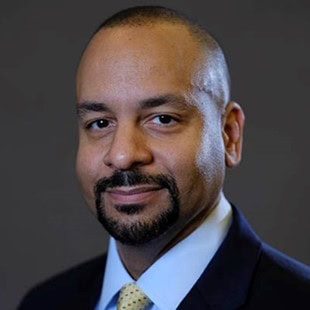Q: How has ambient listening documentation impacted primary care physician’s time spent on documentation and overall satisfaction?
A: Ambient documentation has significantly improved burnout and received positive ratings from our pilot users, including our primary care physicians. Some of our primary care physicians who were previously struggling to complete documentation on time find that they can now complete documentation in less time and during working hours and spend more face-to-face time focusing on their patients during visits.
Q: How has GPT reduced EHR in-basket workload, and which areas have seen the most benefit?
A: We piloted in-basket draft replies with generative AI within our electronic health record system. While we did not see high utilization in our system, our frontline clinicians found that the messages worked best for non-clinical messages and generated empathetic messages. Mass General Brigham (MGB) is piloting draft replies with non-clinical front desk teams instead to see if there is potential for addressing the workload for those teams. MGB also looks at other in-basket innovations with generative AI, including message categorization, which may help alleviate the in-basket burden.
Q: How do you ensure GPT complies with policies and avoids giving medical advice in patient interactions?
A: MGB’s AI Governance Committee has established a responsible use of AI framework, which we have followed as we implement generative AI – this accounts for safety and other considerations such as transparency and trust, accountability, security, and equity. We worked closely in multidisciplinary discussions involving clinical leadership, legal, billing/compliance, and patient experience. For our in-basket pilot, we specifically included large language model (LLM) prompts to avoid patient education and other clinical advice. For our in-basket work and ambient documentation, clinicians must review and sign off on any generated drafts; having a “human-in-the-loop” adds a layer of safety and ensures a final step of review before it reaches the patient.
Q: What improvements are planned to enhance AI integration into clinical workflows, especially in documentation and charting?
A: Electronic health record vendors, AI vendors, operational teams, and researchers are developing solutions to improve chart summarization, patient education material, and automation of in-basket workflows, among other innovations that can potentially address the epidemic of documentation burden faced by primary care physicians. National efforts are underway to advocate for improved technology and policy around documentation, including the American Medical Informatics Association’s 25×5 Documentation Workforce (of which I am a student representative).
Q: How do you see generative AI shaping primary care’s future, and what’s needed for wider adoption?
A: AI, and not just generative AI, has enormous potential to improve primary care, ranging from reducing clinical, and administrative work to more patient-facing interventions such as generating more patient-appropriate education (e.g., translation to other languages or writing at grade level). In the future, the technology may even have the potential to augment clinical decision-making, though this will require significant testing, iterative improvement, ongoing monitoring, and appropriate guardrails. The incorporation of AI into healthcare needs to be thoughtfully approached to ensure equity, reliability, safety, clinical effectiveness, and scalability.
Primary care physician engagement and advocacy in this space will be instrumental in guiding our technologies in a direction that benefits clinicians and patients alike. As a member of the SGIM Clinical Informatics and Health Information Technology Interest Group, I and other colleagues have looked at clinical informatics education components in graduate medical education – education around not just AI but a basic understanding of informatics principles. Training for medical trainees at the undergraduate and graduate medical education level will be crucial to prepare future general internal medicine physicians to use AI as an informatics tool in their clinical practice. To borrow a phrase often used in this field, “AI won’t replace physicians, but physicians who use AI will replace physicians who don’t.”





